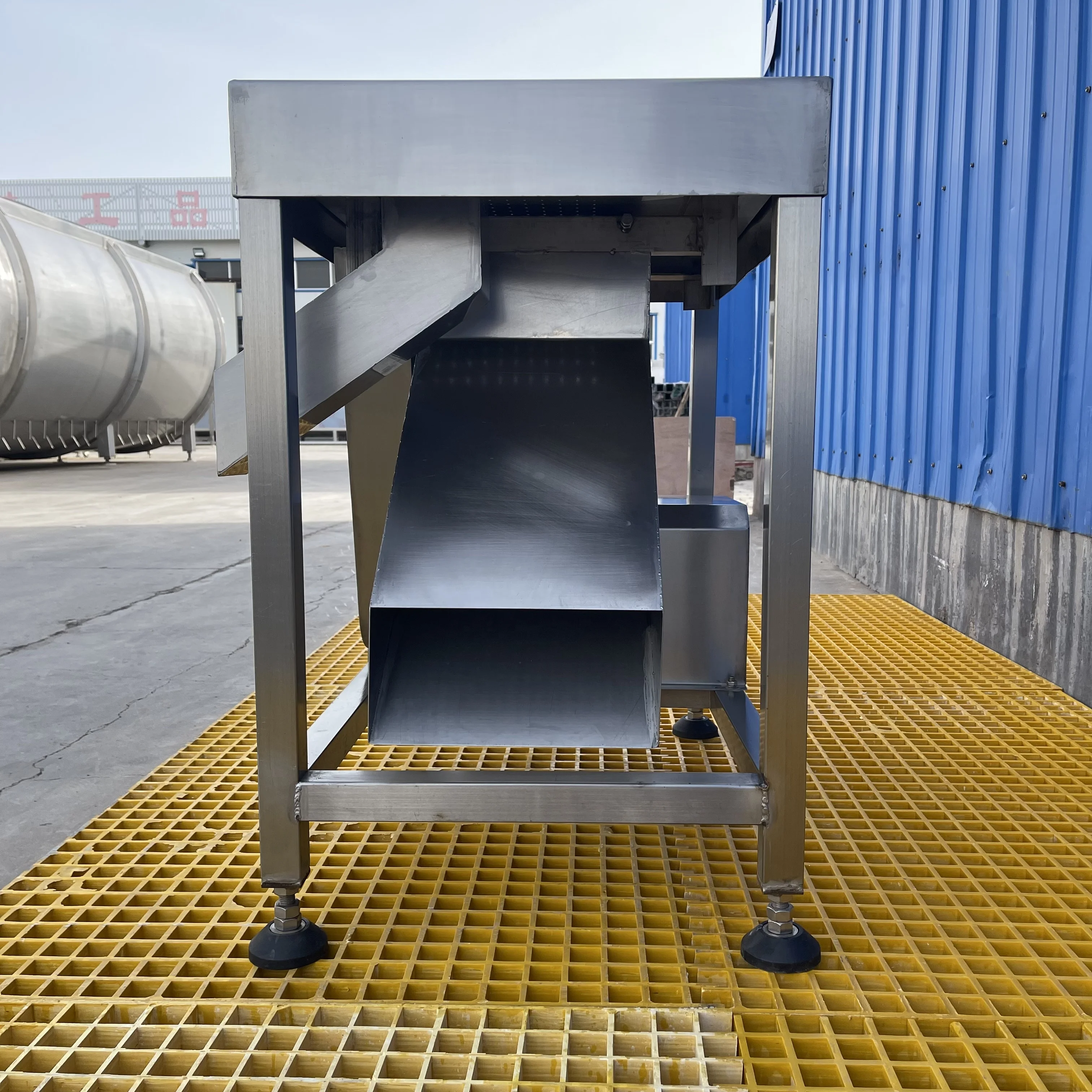Exploring Innovative Designs for Chicken Show Cages to Enhance Bird Presentation and Welfare
សីហា . 06, 2024 08:36 Back to list
Exploring Innovative Designs for Chicken Show Cages to Enhance Bird Presentation and Welfare
The Significance of Chicken Show Cages in Aviculture
In the realm of aviculture, particularly in the breeding and showcasing of poultry, chicken show cages play a vital role. These specially designed cages serve as a controlled environment for chickens during competitions, ensuring the well-being of the birds while highlighting their breed characteristics. This article explores the importance of chicken show cages, their design features, and the best practices for using them during poultry shows.
Understanding Chicken Show Cages
Chicken show cages are temporary enclosures used in poultry exhibitions, fairs, and competitions where breeders display their birds. These cages come in various sizes and shapes, tailored to accommodate different breeds of chickens. The primary purpose of these cages is to provide a safe, stress-free environment for the birds and to showcase them to judges and the public.
The design of chicken show cages is crucial for the welfare of the birds. They typically feature a solid base to prevent any injury and allow for easy cleaning. The sides are often made of wire mesh, allowing for adequate ventilation and visibility. This setup not only showcases the bird's plumage and stature but also ensures that the chickens remain comfortable during the show.
Features of an Ideal Show Cage
An ideal chicken show cage should provide several essential features. First, it should have enough space for the bird to move comfortably. The minimum dimensions are generally dictated by the breed, with larger breeds requiring more room to prevent stress and discomfort.
Secondly, the cage should have proper ventilation to maintain air quality. Proper airflow is critical, particularly in a crowded setting where many birds are present. This helps to minimize stress and the risk of respiratory issues.
chicken show cages

Additionally, a good show cage will include a perch and a food and water container. Chickens, like all animals, require access to food and water, even during shows. Providing them with these essentials ensures their health and keeps them calm.
Best Practices for Using Chicken Show Cages
When preparing for a poultry show, breeders should follow best practices to maximize the benefits of show cages for their chickens. First and foremost, cleanliness is essential. Breeders should thoroughly clean and disinfect cages before placing their birds inside to prevent the spread of disease.
Moreover, acclimatizing chickens to show cages ahead of the competition is beneficial. Allowing the birds to spend time in the show cage before the event can help them adapt to their new environment, reducing stress when they are finally shown.
During the show, breeders should be attentive to their birds’ needs. Regularly checking the water supply and ensuring the birds feel secure and calm is vital. Keeping a low profile and avoiding loud noises can help maintain a tranquil atmosphere.
Conclusion
In conclusion, chicken show cages are an integral part of poultry exhibitions, providing a safe and secure way to showcase the breeds. By understanding the importance of these cages and implementing best practices, breeders can ensure their birds are healthy and comfortable, leading to a more successful showing experience. As the aviculture community continues to grow, the significance of chicken show cages will undoubtedly remain central in promoting the welfare of these remarkable birds. In essence, the right environment not only enhances the display of these magnificent creatures but also reflects the commitment of breeders to ethical and responsible poultry management.
-
Automatic Feeding Line System - Anping Yize | Efficiency&Durability
NewsJul.29,2025
-
Automatic Feeding Line System - Anping Yize|Poultry Efficiency&Durability
NewsJul.29,2025
-
Automatic Feeding Line System-Anping County Yize Metal Products Co., Ltd.|Durable PP Material&Easy Maintenance
NewsJul.29,2025
-
Automatic Feeding Line System-Pan Feeder Nipple Drinker|Anping County Yize Metal Products Co., Ltd.
NewsJul.29,2025
-
Hot Sale 24 & 18 Door Rabbit Cages - Premium Breeding Solutions
NewsJul.25,2025
-
Automatic Feeding Line System Pan Feeder Nipple Drinker - Anping County Yize Metal Products Co., Ltd.
NewsJul.21,2025






